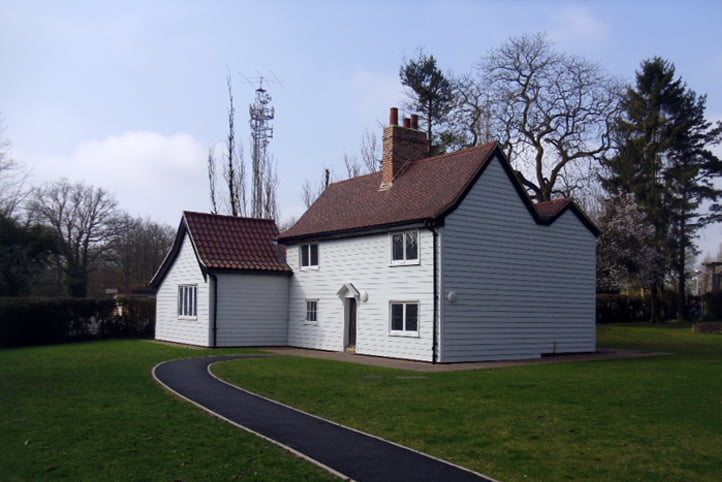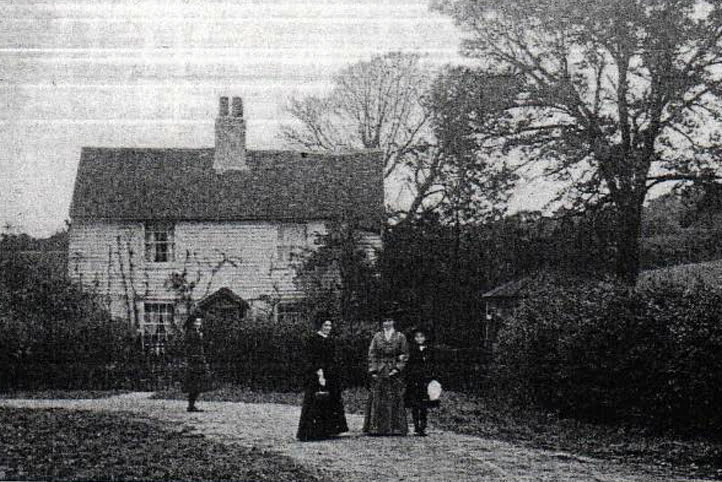It is likely that a farmstead has existed on the site at Gilwell Park for at least 600 years. The Estate was bought and sold many times and at some point over the next 250 years the current Farmhouse was built with various outbuildings needed to facilitate a working farm. 1823 historic maps clearly show the presence of the farmhouse and a large L shaped building to the North. When the Scout Association purchased the Estate in 1919, the various buildings were in a poor state of repair.
What Did The Job Involve?
Located at the Scout Association World HQ at Gilwell Park, the Gilwell Farmhouse was originally constructed some 500 years ago using a simple timber frame construction. The building had laid derelict for a number of years and the project involved the complete restoration of this Grade II listed property to enable it to be used as a function venue.
Using our own experienced carpenters significant temporary supports had to be installed to allow the structural repairs to be undertaken without the whole collapse of the building. This involved cutting out rotten timber and replacing key main supports and studwork with new.
The roof was completely renovated and retiled using reclaimed roof tiles. Externally the weatherboarding was replaced and significant brickwork repairs undertaken. Internally the property was restored using traditional construction methods including relaying of the brick floor.
What Were The Challenges?
The main challenge involved the design of temporary works. The extent of repair works could only be determined once the external boarding and roof coverings were removed. Our carpenters, who are experienced in renovations of this nature, were able to work with the Engineer to determine a method of temporary support. This required working in sections. The control of the budget was also a key concern and regular financial appraisals were undertaken with the Client’s QS to avoid an overspend.
Beardwell’s Added Value
Located on the existing Scout campus, work was planned to avoid disruption to ongoing operations. Communication was undertaken with park staff on a daily basis. Our carpenters provided specialist advice and sample work. This enabled solutions to be achieved that met both the budget and Heritage Officer approval.


